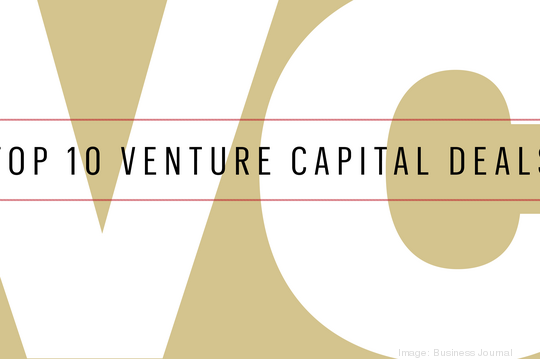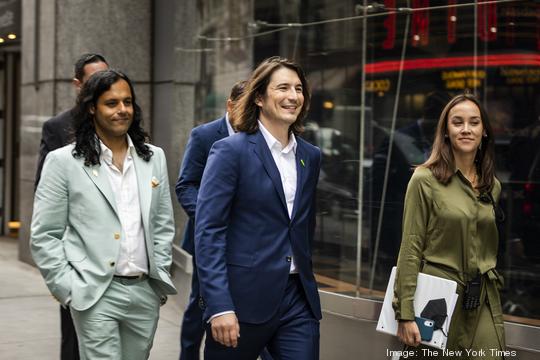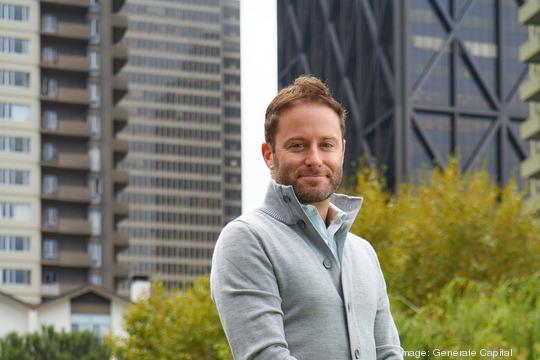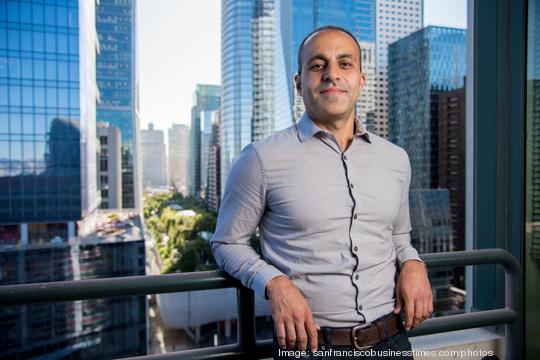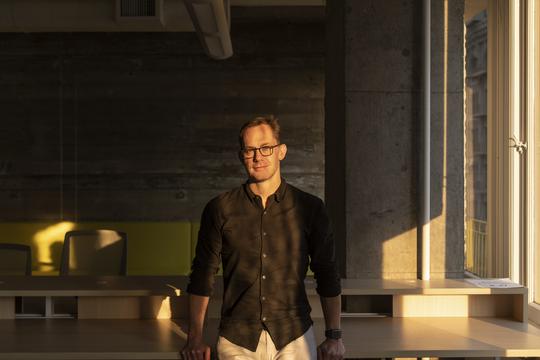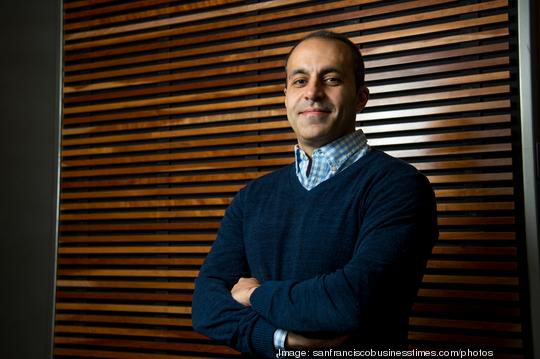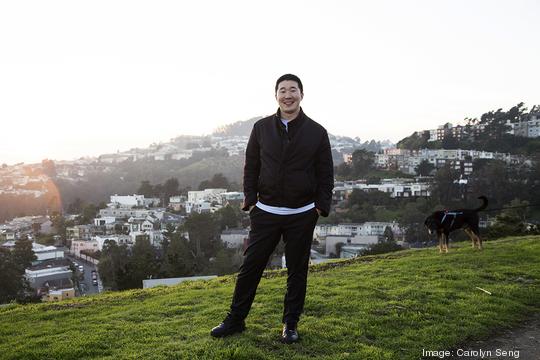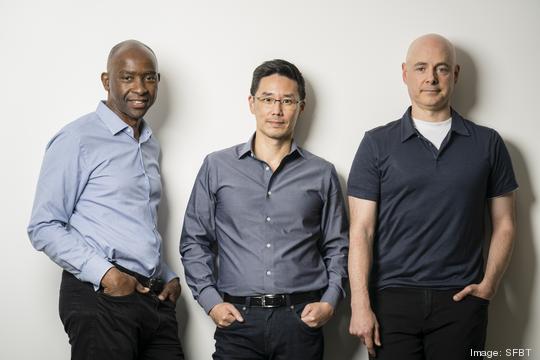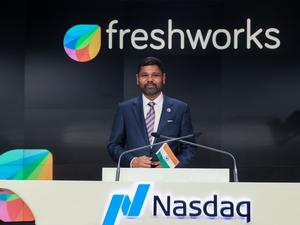Toss out the old Bay Area venture capital record book.
In 2021, VCs set new high-water marks for nearly everything that matters in the region’s startup machine. And they did it emphatically enough to have some predicting that 2022 will be another record-setting year for the San Francisco and Silicon Valley markets — or at least another very strong one.
“It’s been pretty crazy,” said Kyle Stanford, senior venture analyst at PitchBook Data Inc., a research firm that focuses on private capital markets. “Even if there is a 20% decline next year in most of these venture categories, 2022 will still be the second biggest year ever.”
Top 10: Greater Bay Area Venture Capital deals of 2021
Ranked by value of individual funding round.
Top 10: Greater Bay Area Venture Capital deals of 2021
Some key 2021 records came with large caveats: While 95 companies from the region went public last year — the highest number in more than two decades — only 20 of them are now trading above their opening day prices. Twenty-nine of them have lost more than half of their value in their short time on the public markets.
Another potentially ominous sign of trouble comes from the Federal Reserve. The U.S. central bank, which adopted a loose money stance and low interest rates dating back to the Great Recession of 2008-2009, is throwing a caution flag in front of venture investors and the companies they back. The Fed is threatening to increase interest rates to counter inflation, as well as to tighten the nation’s money supply.
“Investing always goes in cycles and as interest rates rise, money might not flow as freely,” said Samir Kaul, founding partner and managing director at Menlo Park-based Khosla Ventures. Nonetheless, Kaul said, money will continue to flow to companies with promising innovation. Among them: transportation, sustainability, food and life sciences.
Khosla Ventures last week raised $557 million for an opportunities fund, the first of its kind for the Menlo Park venture firm. It was one of four Bay Area firms to announce new funds in the first 10 days of the new year, topped by $9 billion in new capital raised by Menlo Park-based Andreessen Horowitz.
“The next few years might not be as aggressive as the last few, but I’m still bullish,” Kaul said.
Last year will be hard to top. The venture industry posted truly head-turning numbers last year, as a report this week from PitchBook and the National Venture Capital Association makes clear.
The amount raised by startups in the Bay Area topped $100 billion for the first time. Their $120.1 billion haul nearly doubled the previous record of $65.4 billion that was set in 2018. Another key measure of 2021’s strength was in the number of deals done between venture firms and local startups. Up until last year, the high point was 2019’s 2,791 deals. The new benchmark set in 2021 is 3,408 deals.
PitchBook’s Stanford said to expect the overall trends to continue: “We don’t see any reason to believe that venture is going to have any serious decline over the next couple of years.”
He attributed that prediction mainly to two factors — the record amounts of available capital and a major surge in the number of VC-backed companies going public.
There is about $250 billion in venture capital ready to be invested in the United States, Stanford estimates. That figure doubles when money is added that is available from nontraditional investors like private equity firms, mutual funds and hedge funds. In 2021’s second quarter, for example, eight of the region’s biggest investors were private equity firms, corporations, sovereign wealth funds or other nonventure investors. They were involved in more than $23 billion worth of deals in the period, according to PitchBook.
The ‘unicorn’ calculation
One more metric to consider is the number of VC-backed companies that reached a valuation of $1 billion or more last year. In 2021, 140 of these companies — known in the entrepreneurial lexicon as “unicorns” — were minted in the Bay Area. For context, when Silicon Valley VC Aileen Lee first used the term “unicorn” in 2013, there were only 39 in the whole world.
Many of the new unicorns are far exceeding the $1 billion valuation mark when they join the herd. Thirteen of the Bay Area companies that achieved unicorn status last year did so with valuations of $2 billion or more.
San Francisco-based Miro, a virtual whiteboard business legally known as RealtimeBoard Inc., took things to a new level last week when it joined the herd with a whopping $17.5 billion valuation, making it the 24th most valuable venture-backed company in the world, according to Crunchbase.
“I don’t see what is going to cause this music to stop,” said Lee, who heads Palo Alto-based Cowboy Ventures. She believes 2021’s record number of unicorns will be broken. “There is still so much demand from people who have capital to invest in private companies with the hope that they will get to back the next Airbnb or Roblox that I don’t know how we are going to put valuations back in the box.”
Analysts are split about whether 2022 will break records.
“When we look at the number of companies that are ready to go public and the number that will need to go public, we believe there will be as many doing it in 2022 as did so in 2021,” Stanford said. As they do, more money will become available to invest and some top people will leave to launch new companies, the PitchBook analyst added.
Not everyone agrees that more companies will make it to Wall Street in 2022, however. Analysts at Renaissance Capital, who track IPOs, and at SPACInsider, who follow blank-check company mergers, say it’s unlikely 2021’s record will topple.
Big SPAC attack
Special purpose acquisition companies, long considered a backdoor entry to the public markets that top venture-backed companies avoided, were on fire at the start of 2021.
SPACs, as the acronym goes, are companies created specifically to raise money in IPOs that is then used in mergers that take public startups or other established private companies.
In 2020, more U.S. SPACs did IPOs and raised more money than in the entire history of the investment vehicle. Then in last year’s first three months, the SPAC industry shattered that mark as 317 of these so-called blank-check companies raised about $112 billion, according to research firm SPACInsider.
But the second half of 2021 was a reversal of fortune. Regulators began to take a closer look at how SPACs operate. Those companies that merged with SPACs saw tepid stock performances. And the number of new SPACs raising funds and mergers being announced slowed down.
Only three of the 28 Bay Area companies that did SPAC mergers in 2021 ended the year trading above where they began life as a public company. They were Newark-based luxury electric vehicle maker Lucid Group Inc., Sunnyvale-based virtual real estate tour company Matterport Inc. and Fremont-based battery developer Enovix Inc.
“We had a lot of very high highs and some very low lows in 2021,” said Kristi Marvin, the founder of SPACInsider.
About two-thirds of the 248 new U.S. SPACs from 2020 have already merged or found a company to merge with, Marvin said. Most of 2021’s new blank-check companies are still looking for partners, though, contributing to the total of 578 SPACs that are currently hunting for companies to take public.
The typical SPAC promises to complete a merger within two years. If they don’t, they are supposed to return the funds raised to their investors. Many of the ones that have hit that deadline so far, however, have bought more time by offering incentives to shareholders in exchange for an extension.
PitchBook analyst Stanford predicts that about 25% of SPACs that were funded in 2020 won’t have a merger partner by the time they hit the deadlines set when they raised money in their IPOs. Too many SPACs and expiring deadlines are a recipe for unexciting deals, he said
“I think a lot of the companies that get picked as merger partners aren’t going to be what investors expected when they bought shares in the SPAC IPOs,” he said.
When asked if 2021 will be the high-water mark for blank-check companies, SPACInsider’s Marvin said, “I really hope so. I think everybody hopes so. I think people in the SPAC community are saying that 600 new SPACs, like we saw in 2021, is probably too much. I think somewhere around half that might be the right number.”
IPO slowdown
The cooling of the market for new SPACs, coupled with uninspiring returns of many new stock companies are why Avery Spear at Renaissance Capital doesn’t expect another record year for new public companies in 2022. Renaissance manages exchange-traded funds of IPO stocks.
Spear said the IPO market turned particularly cold in the second half of 2021’s fourth quarter and there has been no sign of a thaw yet early in 2022. This is quite different from how last year started, she said: “There was a lot of enthusiasm and stellar returns from 2020 IPOs. Some sky-high valuations were achieved.”
There was also a backlog of tech companies going to Wall Street in 2020 that contributed to a surge in 2021, Spear said, noting that “there wasn’t a single Bay Area tech company that went public in 2020 until September.”
Poor returns in 2021 have some questioning how much higher valuations and returns from IPOs will go.
“This has especially hurt the tech sector,” she said, adding that markets can change course quickly. Nonetheless, she doesn’t expect another record for Wall Street debuts: “We may see another busy year, but I don’t think we are going to get back up to a record pace.”
Bay Area remains pre-eminent
This region has long been the global hub of venture and startup activity, and that didn’t change in 2021 as it remained the top venture market in the country.
But the last year saw a steady drumbeat of news about companies and talent leaving the Bay Area, along with increased venture activity in places like Texas and Florida.
The Silicon Valley and San Francisco region last year won about 43.5% of all venture capital money invested in the U.S., according to PitchBook Data. That’s a smaller share than in six of the past 12 years, but higher than in six others.
The region accounted for 28.4% of all U.S. venture deals in 2021. That’s about the same share as in 2019, which was a 12-year low. The high in that period was 30.8% in 2014.
Venture money and deals have been growing outside of the traditional hubs of the Bay Area, Boston and New York since the recession of 2008-2009, said PitchBook analyst Stanford. The pandemic accelerated the trend as investors and talent left those areas for other parts of the country.
“But it’s not a question of a decline in venture in the Bay Area,” Stanford said. “Companies are continuing to grow to a size that bring huge returns to investors which will continue to bring huge amounts of dollars to invest back into the market.
“The Bay Area is still the best place to start companies. There is more capital available there than anywhere else, more companies being started there and it is still the international hub of venture.”
